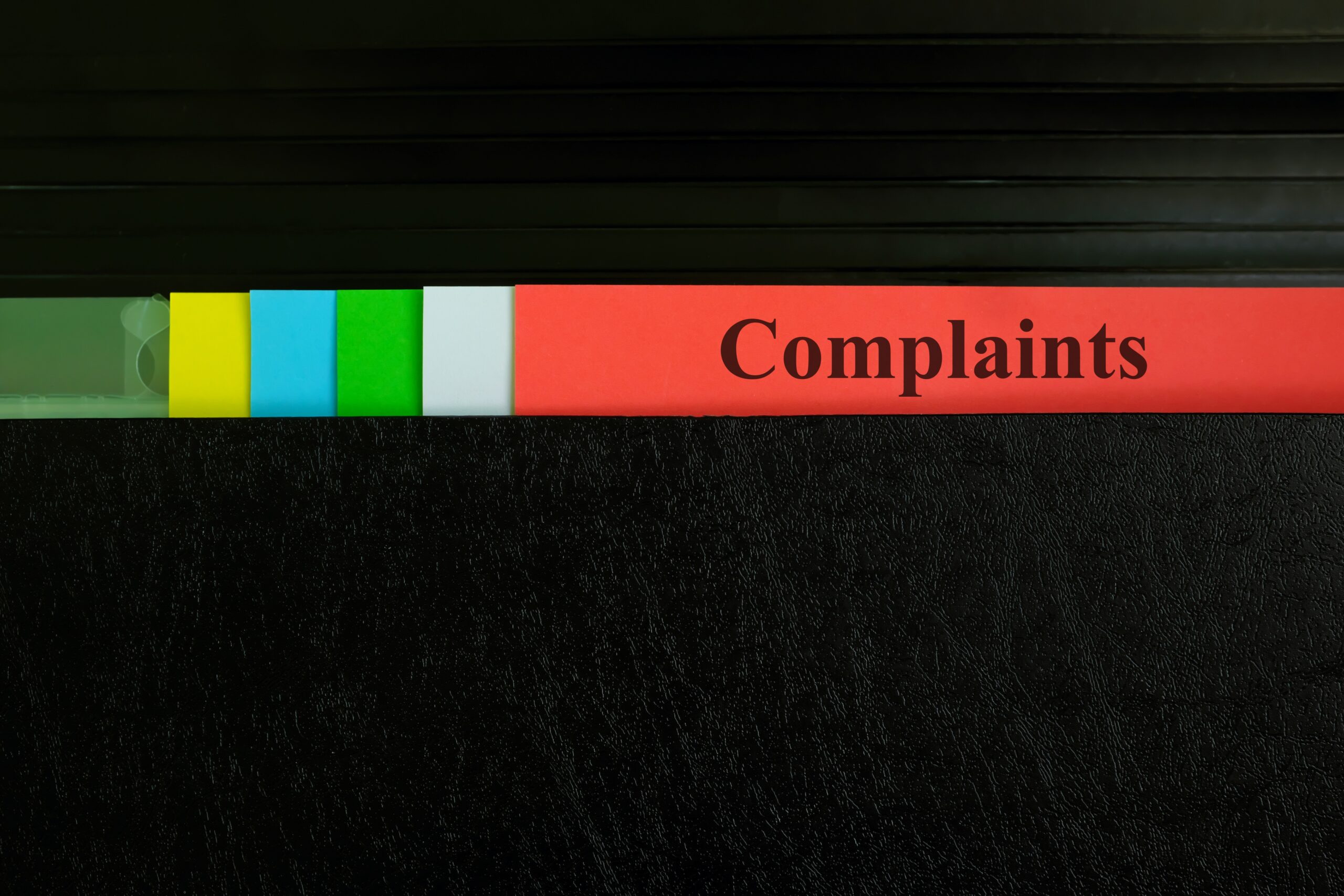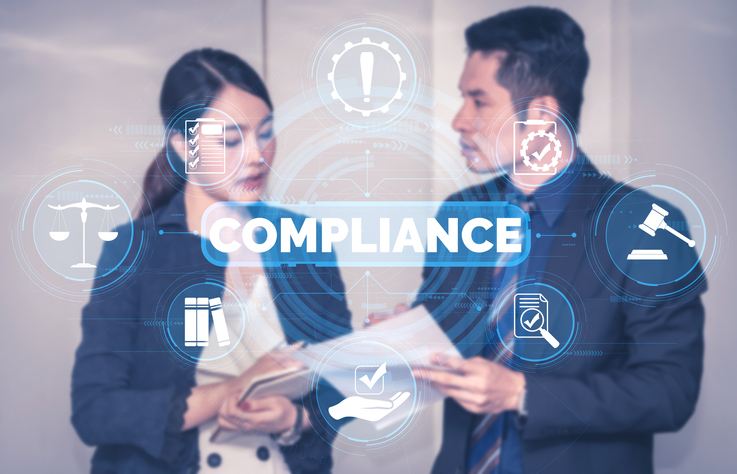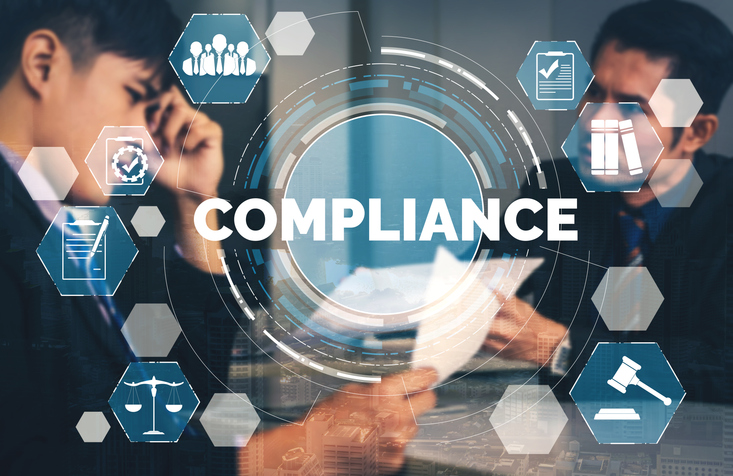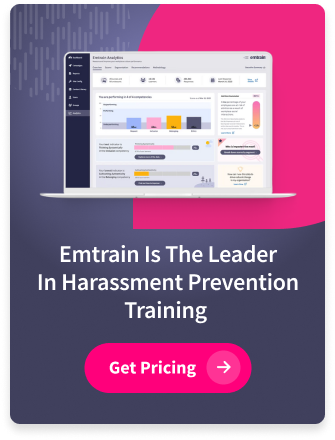When an employee files a workplace discrimination charge with the Equal Employment Opportunity Commission (EEOC), one of the first questions asked is: How long does an EEOC investigation take? The answer can vary depending on several factors, including the complexity of the case, the agency’s caseload, and whether mediation is attempted early in the process. Understanding the EEOC investigation timeline is critical for both HR teams and employees navigating this process.
The EEOC Complaint Process: A Quick Overview
Before diving into timing, it’s helpful to understand the general EEOC process timeline:
- Filing a Charge: An employee (or job applicant) who believes they have experienced workplace discrimination must file a charge of discrimination with the EEOC, typically within 180 to 300 days of the alleged incident depending on the state.
- Notification of Employer: Within 10 days of receiving the complaint, the EEOC notifies the employer.
- Mediation Option: In some cases, both parties are offered mediation. If they agree, the EEOC attempts to resolve the complaint informally within a few months.
- Investigation: If mediation fails or is declined, the EEOC conducts a formal investigation.
- Determination & Closure: After the investigation, the EEOC either issues a finding or closes the case with a Notice of Right to Sue.
So, How Long Does an EEOC Investigation Take?
Most EEOC investigations are completed in approximately 10 months, but that’s an average. The duration can be shorter or longer based on a number of factors, including:
- Case Complexity: Simple claims with clear documentation may be resolved in a few months. More complex cases involving multiple allegations or witnesses may stretch over a year or more.
- EEOC Caseload: The speed of the investigation often depends on how many other complaints the local EEOC office is managing.
- Cooperation from Both Parties: Investigations can be delayed if either the employer or employee is slow to respond to requests for documents or interviews.
- Mediation Participation: If mediation is successful, cases may be resolved in as little as 3–4 months.
Key Milestones in the EEOC Process Timeline
Here’s a breakdown of typical timeframes:
- 10 Days: Employer notified of the charge.
- 30–90 Days: If mediation is offered and accepted, it usually occurs within this window.
- 6–10 Months: Average duration of an EEOC investigation.
- 180 Days: Minimum waiting period before a complainant can request a Right to Sue letter (if the EEOC hasn’t yet resolved the case).
- After 180 Days: The EEOC may issue a determination or allow the employee to proceed with a lawsuit in federal court.
What Happens After the EEOC Investigation?
Once the investigation concludes, the EEOC may:
- Determine there is reasonable cause to believe discrimination occurred and attempt conciliation.
- Dismiss the charge if there is no reasonable cause, issuing a Notice of Right to Sue.
- In rare cases, the EEOC may choose to file a lawsuit itself on behalf of the complainant.
Either way, the end of the EEOC investigation usually leads to either a resolution or a shift to the court system under employment law.
Why This Matters for Employers
HR professionals and company leaders must be prepared to respond appropriately and promptly to any EEOC complaint. Delays, poor communication, or retaliation can increase legal risks and damage workplace culture. Implementing strong policies against discrimination and offering compliance training that educates employees on bias, harassment, and equal opportunity can reduce the risk of EEOC charges in the first place.
Conclusion
Understanding how long an EEOC investigation takes helps both employers and employees set expectations and plan their next steps. While the process can be lengthy, it’s an important part of upholding employee rights and ensuring accountability in the workplace.
To be proactive, companies should invest in workplace discrimination training, foster open communication, and create safe reporting systems. Prevention is the most efficient solution—and that starts with education and accountability.








